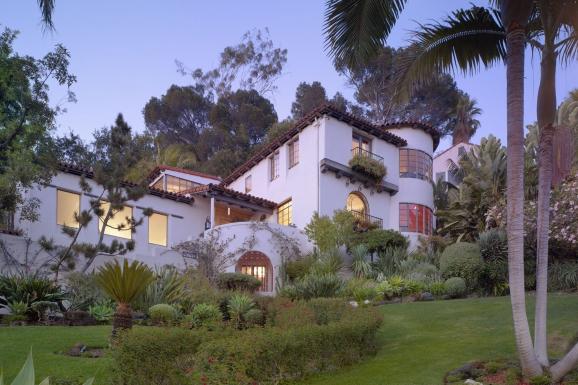 I admit it. I'm an NPR junkie. From Morning Edition to All Things Considered in the afternoon. I get my daily dose of news, arts and culture from Public Radio, mostly while I'm on the road. Once in a while it's really really good. That happened this week. I caught a story (here) about an architect who I'd never heard of, Paul R. Williams.
I admit it. I'm an NPR junkie. From Morning Edition to All Things Considered in the afternoon. I get my daily dose of news, arts and culture from Public Radio, mostly while I'm on the road. Once in a while it's really really good. That happened this week. I caught a story (here) about an architect who I'd never heard of, Paul R. Williams.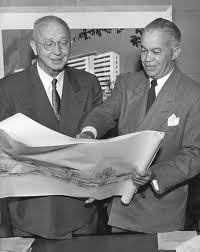 Perhaps if you live in, or have lived in, Los Angeles you have. His work is not only notable and impressive but his story is also inspiring and intriguing to say the least. Mr. Williams was black and he was an architect at a time when those two just did not go together. In fact he was the first member of the AIA (American Institute of Architects) west of the Mississippi. His grand daughter Karen Hudson has recently written a beautiful book, Paul R. Williams: Classic Hollywood Style , about his life and projects replete with foreword by reigning Hollywood design diva Kelly Wearstler.In one word Williams' style could be described as "diverse" or maybe "eclectic". In any case, his work appears in both commercial structures such as The Beverly Hills Hotel as well as in around 2000 homes in and around the Los Angeles area.His designs range from Spanish Colonial Revival and English Tudor to Mid-Century Modern. Known for spectacular entryways and grand curving staircases, the single element present in all his work was a unparalleled attention to detail, whether he was designing a Hollywood mansion or a housing project. Williams was born in Los Angeles in 1894, orphaned by the age of 4, he was a product of his inherent positive out look on life as well as a bit of luck. Although one could argue that he created much of that luck himself.
Perhaps if you live in, or have lived in, Los Angeles you have. His work is not only notable and impressive but his story is also inspiring and intriguing to say the least. Mr. Williams was black and he was an architect at a time when those two just did not go together. In fact he was the first member of the AIA (American Institute of Architects) west of the Mississippi. His grand daughter Karen Hudson has recently written a beautiful book, Paul R. Williams: Classic Hollywood Style , about his life and projects replete with foreword by reigning Hollywood design diva Kelly Wearstler.In one word Williams' style could be described as "diverse" or maybe "eclectic". In any case, his work appears in both commercial structures such as The Beverly Hills Hotel as well as in around 2000 homes in and around the Los Angeles area.His designs range from Spanish Colonial Revival and English Tudor to Mid-Century Modern. Known for spectacular entryways and grand curving staircases, the single element present in all his work was a unparalleled attention to detail, whether he was designing a Hollywood mansion or a housing project. Williams was born in Los Angeles in 1894, orphaned by the age of 4, he was a product of his inherent positive out look on life as well as a bit of luck. Although one could argue that he created much of that luck himself.
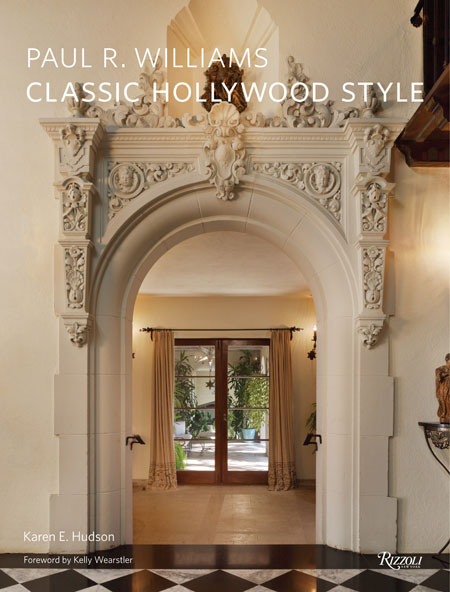
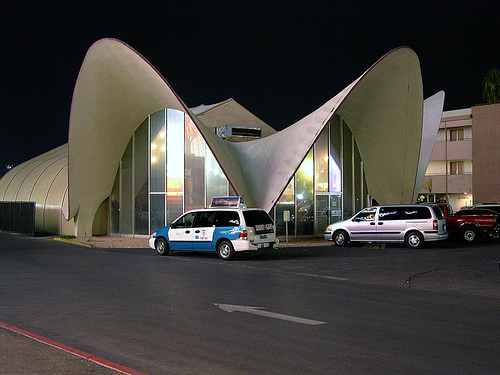 Williams is often referred to as the architect of the stars and he was. He designed homes for Lucille Ball and Desi Arnaz, Frank Sinatra and Cary Grant among others. The irony is that at this time, early to mid-century, he was prohibited by law from even staying overnight in many of the neighborhoods he worked in. In his mind, he felt his designs were opening the doors for future generations. Williams developed a handy knack for rendering upside down. This was so, being a black man, he could sit across rather than next to prospective clients! Despite these hardships he left his mark and he left his gifts as a legacy and reminder of how anything is possible.
Williams is often referred to as the architect of the stars and he was. He designed homes for Lucille Ball and Desi Arnaz, Frank Sinatra and Cary Grant among others. The irony is that at this time, early to mid-century, he was prohibited by law from even staying overnight in many of the neighborhoods he worked in. In his mind, he felt his designs were opening the doors for future generations. Williams developed a handy knack for rendering upside down. This was so, being a black man, he could sit across rather than next to prospective clients! Despite these hardships he left his mark and he left his gifts as a legacy and reminder of how anything is possible.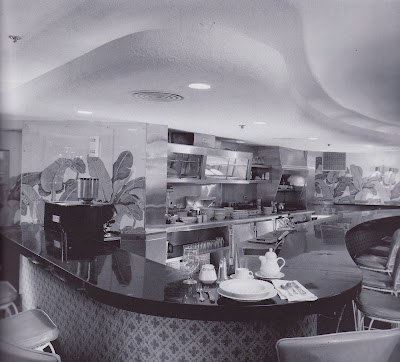
Street Address
Palm Beach
15612547736
Inspired Design For Artful Living
Your Custom Text Here
